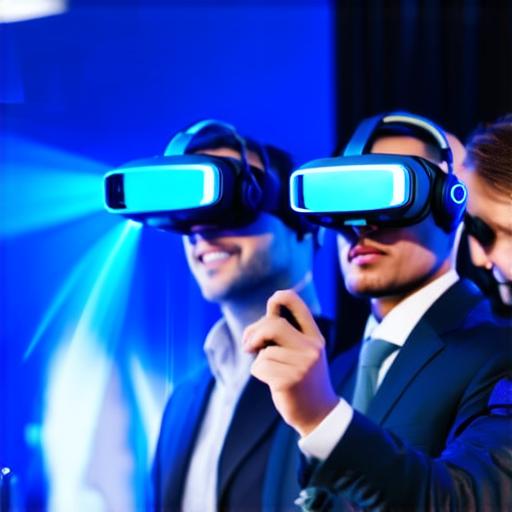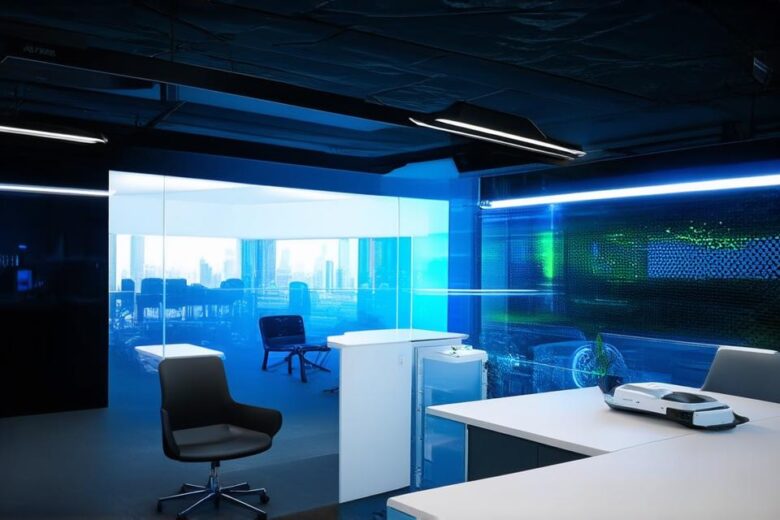Introduction: Augmented reality (AR) and virtual reality (VR) are two of the most exciting emerging technologies in the world today. These technologies have already found their place in entertainment and gaming, but they also have the potential to revolutionize the way we work. In this article, we will explore how AR and VR could be implemented in future work environments.
Augmented Reality (AR) in Work Environments:
AR is a technology that overlays digital information onto the real world. This technology has already found its place in industries such as manufacturing, construction, and medicine. In these industries, AR can help workers to visualize complex designs, identify defects, and perform tasks with greater precision.
In the future, we can expect to see AR being used more widely in the workplace. For example, architects and interior designers could use AR to create virtual walkthroughs of buildings and spaces, allowing clients to experience the final product before it is built. Similarly, engineers could use AR to visualize complex mechanical systems and make repairs more efficiently.
Virtual Reality (VR) in Work Environments:
VR is a technology that creates a fully immersive digital environment. This technology has already found its place in industries such as entertainment, gaming, and education. In these industries, VR can provide users with a truly immersive experience that simulates real-world environments.

In the future, we can expect to see VR being used more widely in the workplace. For example, training programs could use VR to simulate dangerous situations, allowing workers to practice their skills in a safe and controlled environment. Similarly, remote teams could use VR to collaborate on projects, allowing them to work together as if they were in the same room.
Collaboration and Communication:
One of the biggest challenges faced by remote teams is collaboration and communication. AR and VR could help to overcome these challenges by providing a more immersive and interactive way for team members to work together. For example, designers could use AR to share their designs with clients in real-time, allowing them to provide feedback and make changes instantly. Similarly, engineers could use VR to collaborate on complex projects, allowing them to work together as if they were in the same room.
Conclusion:
AR and VR have the potential to revolutionize the way we work. These technologies can help us to visualize complex information, perform tasks more efficiently, and collaborate with others more effectively. As these technologies continue to evolve, we can expect to see them being used more widely in a variety of industries.
